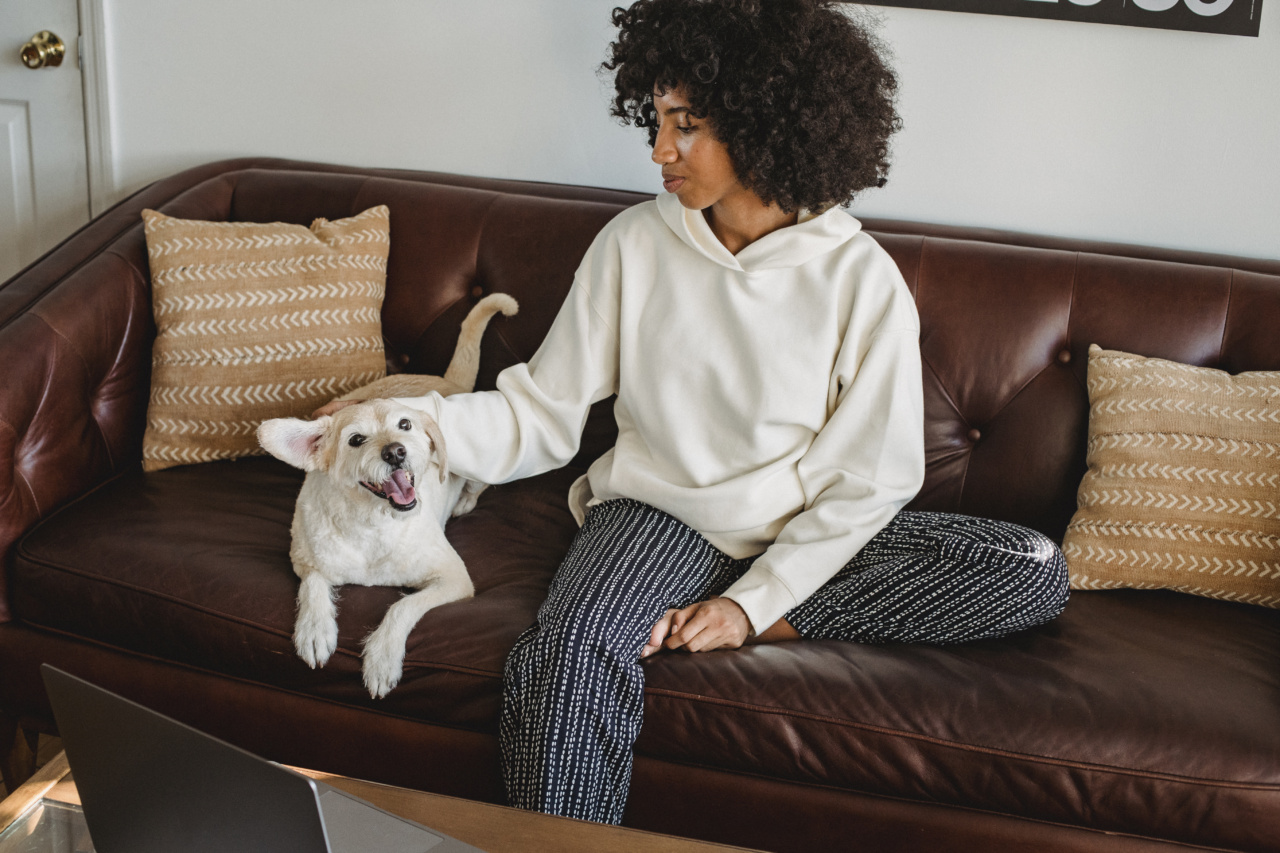Having a dog is a wonderful experience that brings joy and companionship to our lives. However, there may come a time when your furry friend manages to break free from their leash or enclosure, leaving you in a panic.
It is important to know how to handle such situations calmly and effectively. In this article, we will discuss the dos and don’ts of reacting when your dog breaks free, ensuring the safety of both your pet and yourself.
1. Stay calm
The first and most important rule is to stay calm when your dog breaks free. Dogs are sensitive to their owner’s emotions, and if you start panicking or becoming anxious, it can cause your dog to become even more anxious or excited.
Take a deep breath and gather yourself before taking further action.
2. Do not chase your dog
One instinctive reaction when your dog breaks free is to chase after them. However, chasing your dog can trigger their prey drive, causing them to run faster and further away from you.
Instead, try calling your dog’s name in a calm and confident voice to get their attention. Avoid shouting or showing signs of frustration, as this can make them fearful, leading to more challenging situations.
3. Use treats or familiar objects
If your dog responds well to treats or has a favorite toy, use them to your advantage. Distract your dog by holding up the treat or toy, enticing them to come towards you.
This method can be particularly useful for dogs who have a strong food or play drive. Be patient and allow your dog to approach you willingly.
4. Do not punish your dog
It is crucial not to punish your dog when they break free. Dogs do not understand punishment after the fact, and it may only cause them to associate negative experiences with your presence.
Instead, focus on positive reinforcement and rewards when they eventually return to you. Remember, dogs are more likely to respond positively to kindness and praise.
5. Inform people in the area
If your dog breaks free in a public area, it is essential to inform people around you. Provide a brief description of your dog and ask for their assistance in keeping an eye out.
Some individuals may be willing to help you search or provide information on the whereabouts of your dog. The more eyes there are, the better the chances of locating your pooch.
6. Secure your dog’s environment
In the future, prevent your dog from escaping by assessing and securing their environment.
Check for any possible weak points or gaps in fences, ensure that leashes and collars are in good condition, and consider using double leash attachments or harnesses for added security. A proactive approach to securing your dog’s environment can help prevent any future escapes.
7. Utilize technology
In today’s digital world, technology can play a significant role in helping you locate your dog if they break free.
Consider using GPS trackers that attach to your dog’s collar, enabling you to track their whereabouts through a smartphone app. Additionally, microchipping your dog is a reliable way to identify them if they are found and taken to a shelter or veterinary clinic.
8. Stay patient and persistent
When your dog breaks free, it can be a challenging and stressful experience. However, it is crucial to remain patient and persistent in your search.
Dogs have an excellent sense of smell and may be able to find their way back home even after being missing for a while. Keep searching, distributing flyers, and reaching out to local shelters or rescue organizations.
9. Seek professional help if needed
If you have tried everything and are unable to locate your dog, it may be beneficial to seek professional help. Contact local animal control agencies, shelters, or hire a professional pet detective who specializes in finding lost pets.
These experts have the experience, resources, and networks to assist in locating missing dogs.
10. Reflect and learn
Once your dog is safely back with you, take the time to reflect on the situation and learn from it. Analyze what might have caused your dog to break free and take the necessary steps to prevent it from happening again.
Remember, dogs can be unpredictable, so remaining vigilant and prepared is always beneficial.





























